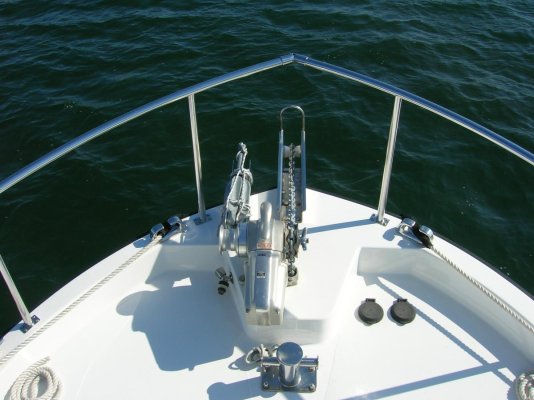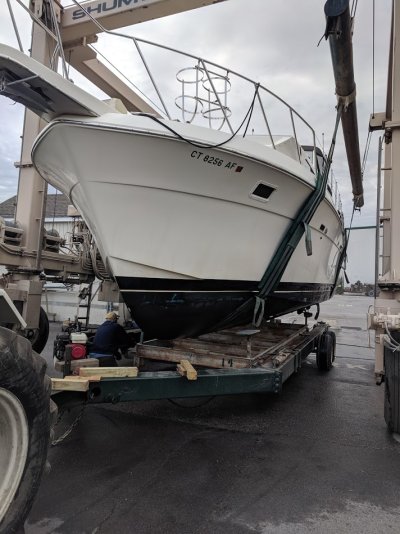diver dave
Guru
- Joined
- Jan 13, 2017
- Messages
- 2,570
- Location
- United States
- Vessel Name
- Coquina
- Vessel Make
- Lagoon 380
Yes, u do want to wrap that first turn very low at the post. Keep all bolts in shear. Of course, in the heat of battle, this is not always done. So, the design has to assume high torque loads will be supported by only two bolts. This is easier to accomplish with a cleat; there is no option for a high tie off.
I am a bit surprised there are no reasonably sized cleats that take 3/8 or even 7/16” bolts??
I am a bit surprised there are no reasonably sized cleats that take 3/8 or even 7/16” bolts??



